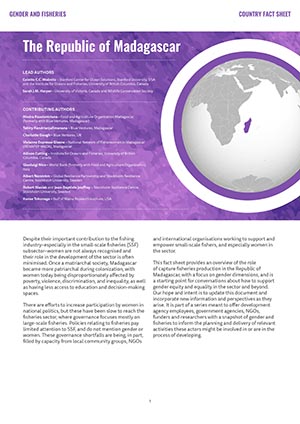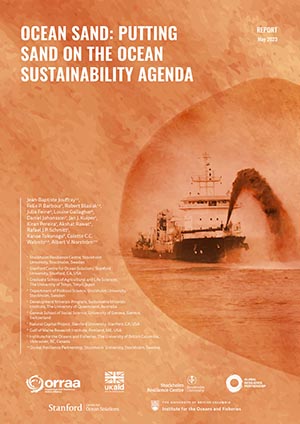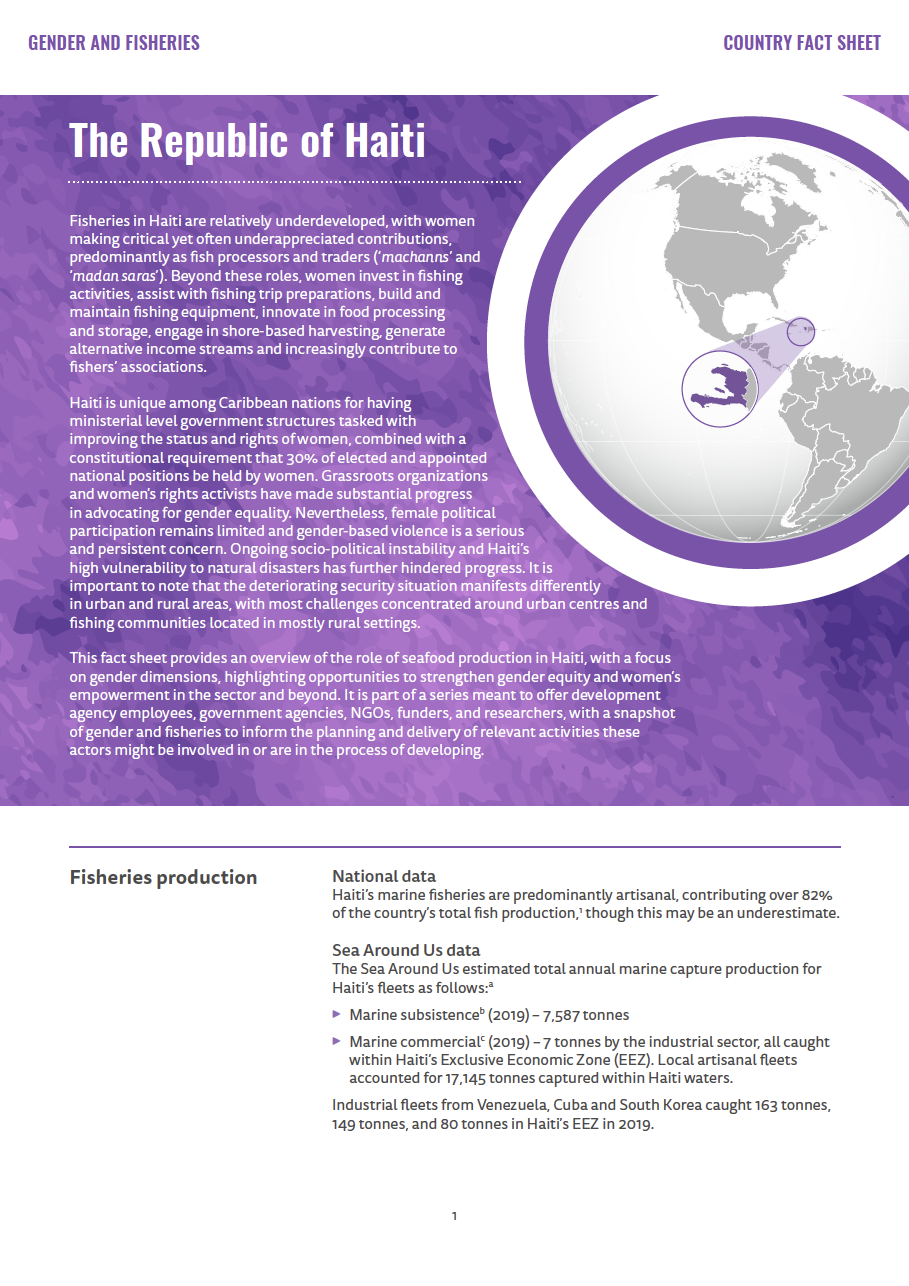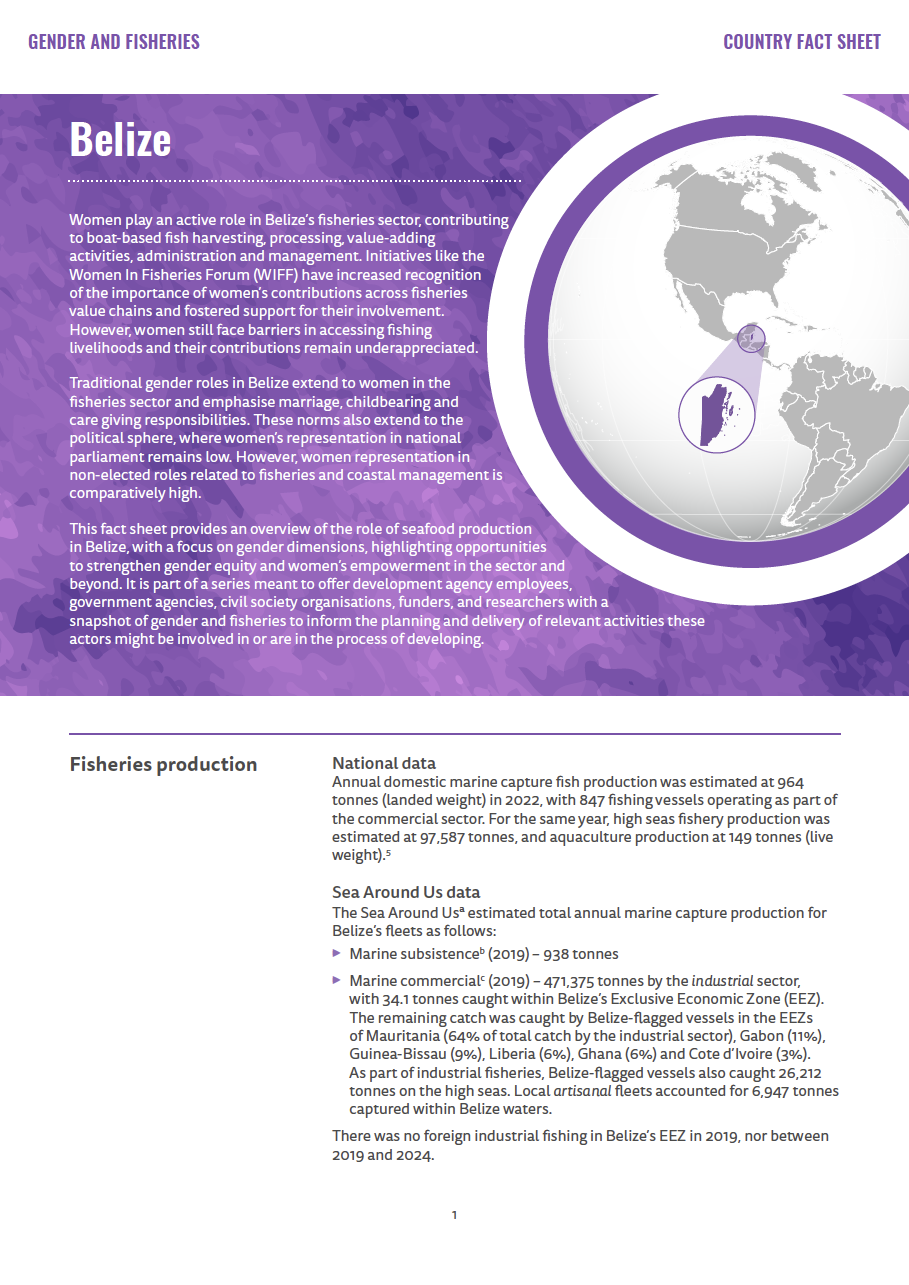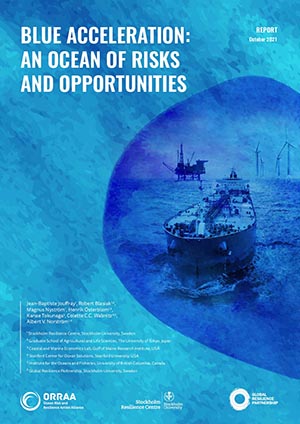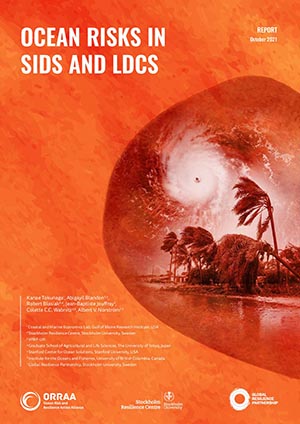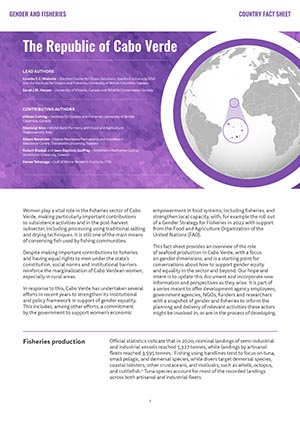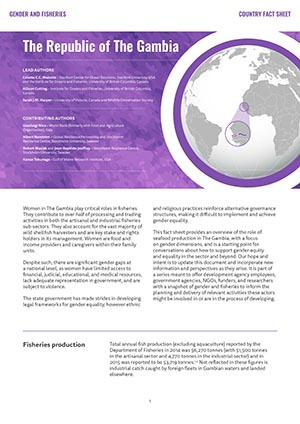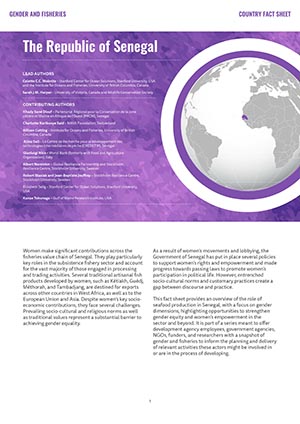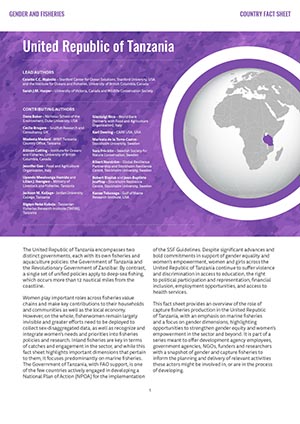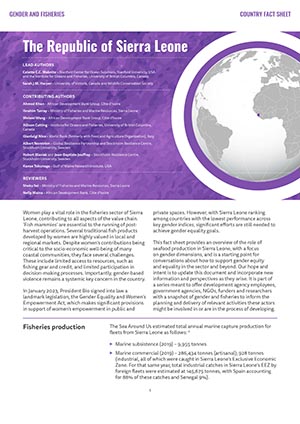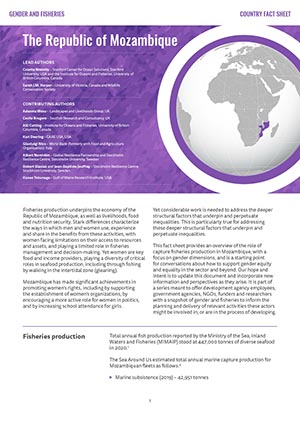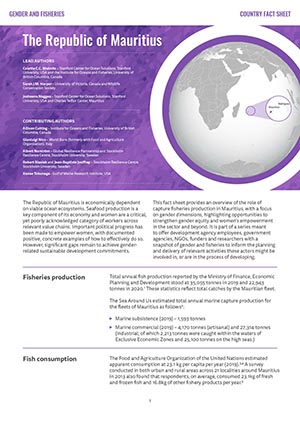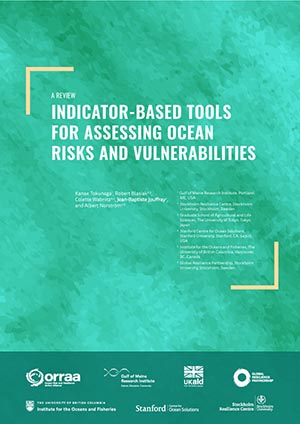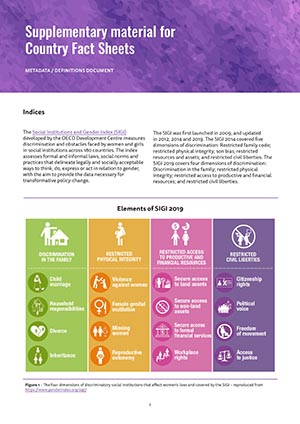Rapid ocean change and risks
Our ocean is changing faster than ever before in human history. Sea level rise, intensified storm surges, and coastal flooding are compounding risks for billions of people and threatening livelihoods and critical coastal ecosystems. The most severe impacts are likely to be felt by small island developing states (SIDS) and coastal least-developed countries (LDCs), with women and girls especially hard-hit.
A scramble for the seas
At the same time, a fierce global competition for ocean resources, also referred to as the “blue acceleration”, is intensifying, leading to unforeseen ecological, economic, and equity challenges. Ensuring that the future of the ocean economy in SIDS and coastal LDCs is advancing towards a “blue economy” (that is sustainable, inclusive, just and equitable) hinges on co-developing approaches that safeguard coastal ecosystems while upholding the rights and well-being of the communities that rely on them for food, livelihoods, cultural heritage, and protection.
Collaborative research on ocean risks and resilience
Ocean Risk and Resilience is a collaborative effort between the Stockholm Resilience Centre at Stockholm University, the Institute for the Oceans and Fisheries at The University of British Columbia, the Stanford Centre for Ocean Solutions at Stanford University, the Gulf of Maine Research Institute, and the Global Resilience Partnership. Together with many other academic and non-academic partners around the world, we synthesize knowledge on emerging ocean risks, their implications on the resilience and human wellbeing of SIDS and LDCs, and the role women play in strengthening resilience in this context.
The work has been supported by the Government of Canada, the UK Government, and the US Government.
